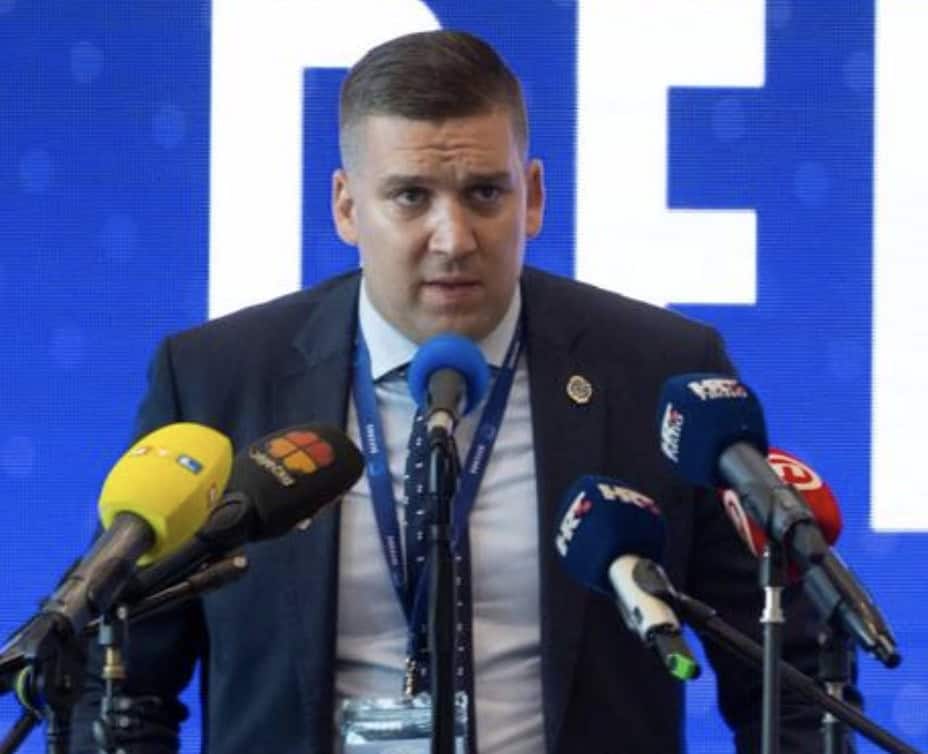The British Army’s cavalry regiments play a vital role in reconnaissance, combat support, and armored warfare, blending tradition with cutting-edge capabilities. These regiments are divided into two primary types: light cavalry regiments and armored regiments, each tailored to specific operational roles. This article provides an overview of their structure, equipment, and operational focus.
Light Cavalry Regiments
Light cavalry regiments are designed to perform tactical reconnaissance, mobile support, and rapid reaction tasks. Their agility and adaptability allow them to operate effectively in diverse terrains and combat scenarios.
Structure and Organization
A typical light cavalry regiment consists of:
- Three Sabre Squadrons: Each squadron is equipped with 16 Jackal vehicles, providing a total of 48 Jackals per regiment.
- Personnel Strength: Approximately 402 soldiers, including support and command elements.
Roles and Capabilities
Light cavalry regiments excel in mounted and dismounted reconnaissance, screening operations, and supporting infantry advances. Their tasks often include:
- Identifying enemy positions and vulnerabilities.
- Securing key terrain features.
- Acting as a mobile strike force in asymmetrical warfare scenarios.
Equipment
These regiments are equipped with vehicles that balance mobility, firepower, and protection:
- Jackal: A highly mobile platform designed for reconnaissance and light strike missions.
- Coyote: A larger variant used for logistics and additional fire support.
- Protected Patrol Vehicles (PPVs): Army Reserve Yeomanry units affiliated with light cavalry regiments often operate vehicles like WMIKs (Weapons Mounted Installation Kit) or Foxhounds, enhancing their versatility.
Integration with Reserves
Light cavalry regiments maintain close ties with their Army Reserve Yeomanry counterparts, ensuring a seamless blend of regular and reserve forces in joint operations.
Armored Regiments
Armored regiments form the backbone of the British Army’s heavy combat capability, leveraging the formidable Challenger 2 main battle tank to deliver overwhelming firepower and survivability in high-intensity conflicts.
Structure and Organization
An armored regiment is typically structured as follows:
- Three Tank Squadrons: Each squadron consists of four troops, each with three Challenger 2 tanks, plus additional command and support vehicles.
- Total Equipment: A fully deployed regiment fields 56 Challenger 2 tanks, supported by eight Scimitar reconnaissance vehicles and four CHARRVs (Challenger Armoured Repair and Recovery Vehicles).
- Personnel Strength: Approximately 587 soldiers, including crew, logistics, and command staff.
Roles and Capabilities
Armored regiments are critical in direct combat and combined arms operations, specializing in:
- Fire Support: Neutralizing enemy armor and fortified positions to support infantry objectives.
- Shock Action: Using massed tank formations to penetrate and disrupt enemy defenses.
- Defensive Operations: Holding key terrain with overwhelming firepower.
Equipment
- Challenger 2 Tank: Operated by a crew of four (commander, driver, gunner, loader/operator), the Challenger 2 is a highly capable platform. Its upgrades ensure its service life extends for at least another two decades.
- Scimitar: A reconnaissance vehicle used for scouting and flank security.
- CHARRVs: Provide battlefield repair and recovery for armored units.
Training and Readiness
Armored regiments operate on a three-year readiness cycle, which includes:
- Intensive Training: Annual live-fire exercises at facilities such as the British Army Training Unit Suffield (BATUS) in Canada.
- Simulated Training: Utilizing systems like Combined Arms Tactical Trainer (CATT) and Command and Staff Trainer (CAST) to hone operational skills.
- Integrated Operations: Training alongside other units as part of battle groups to ensure seamless coordination.
Reserves Support
The Royal Wessex Yeomanry, a reserve unit, provides trained Challenger 2 crews to augment regular armored regiments, ensuring sustained combat capability.




















